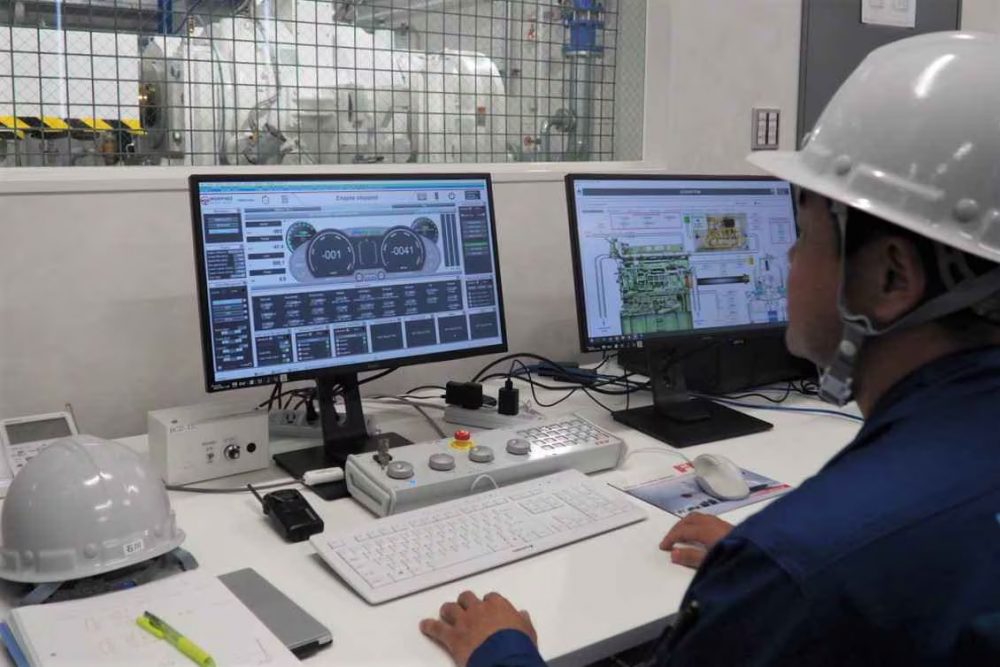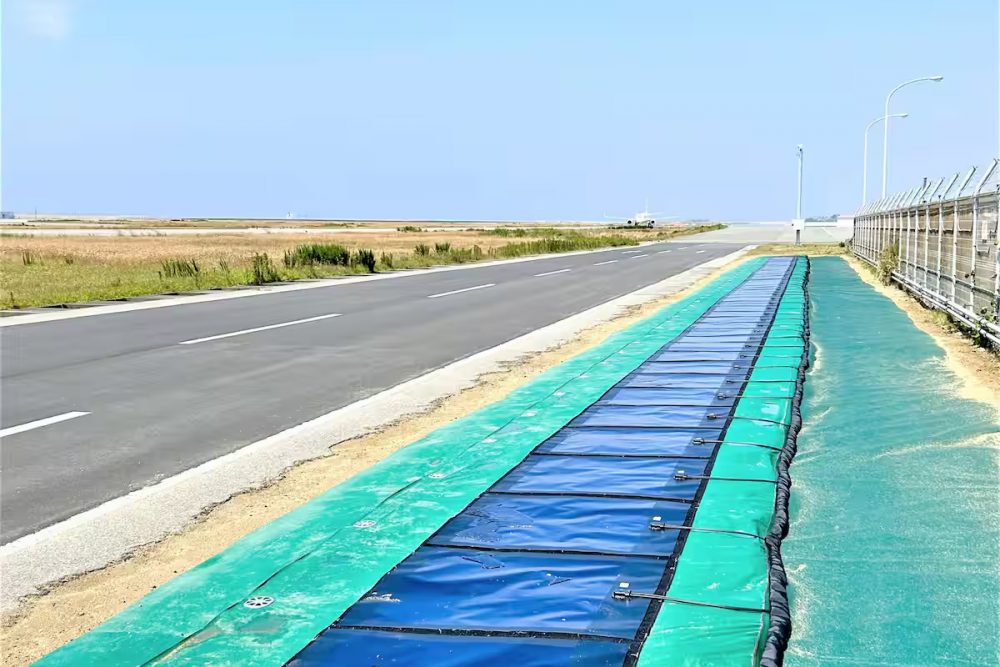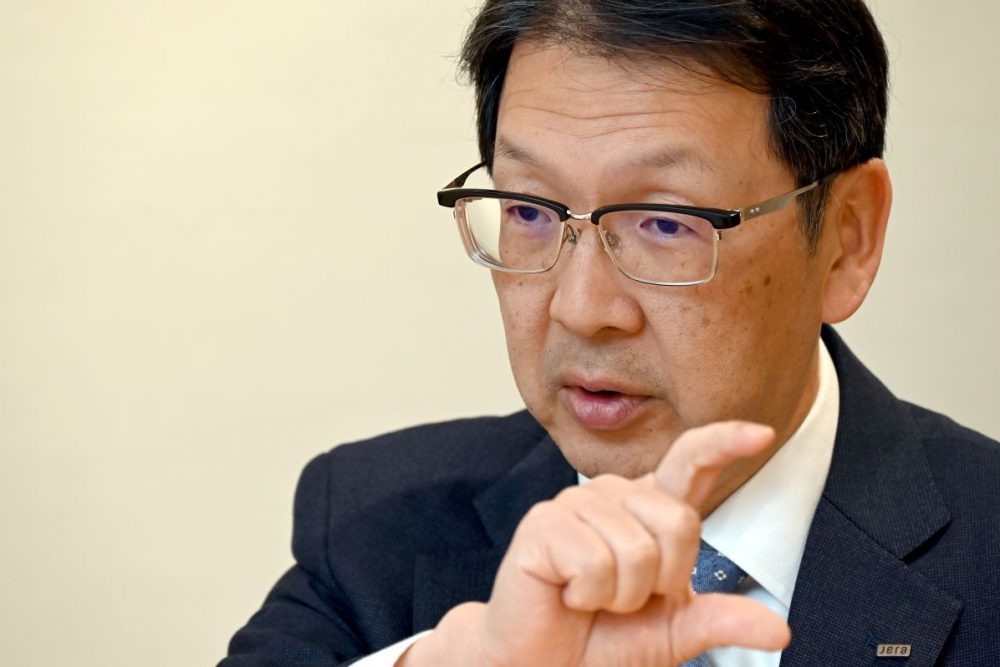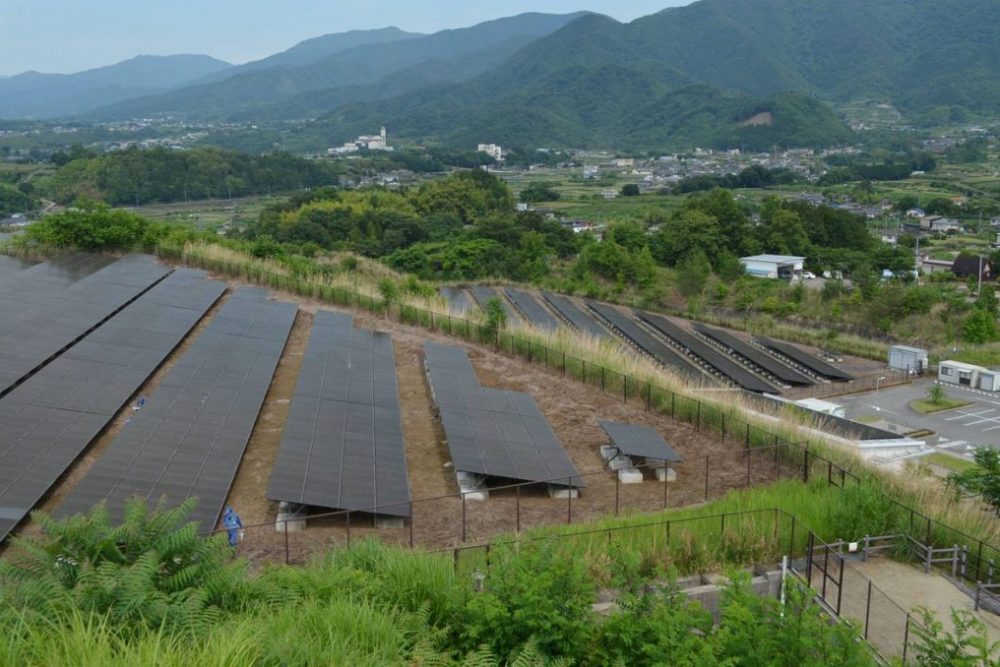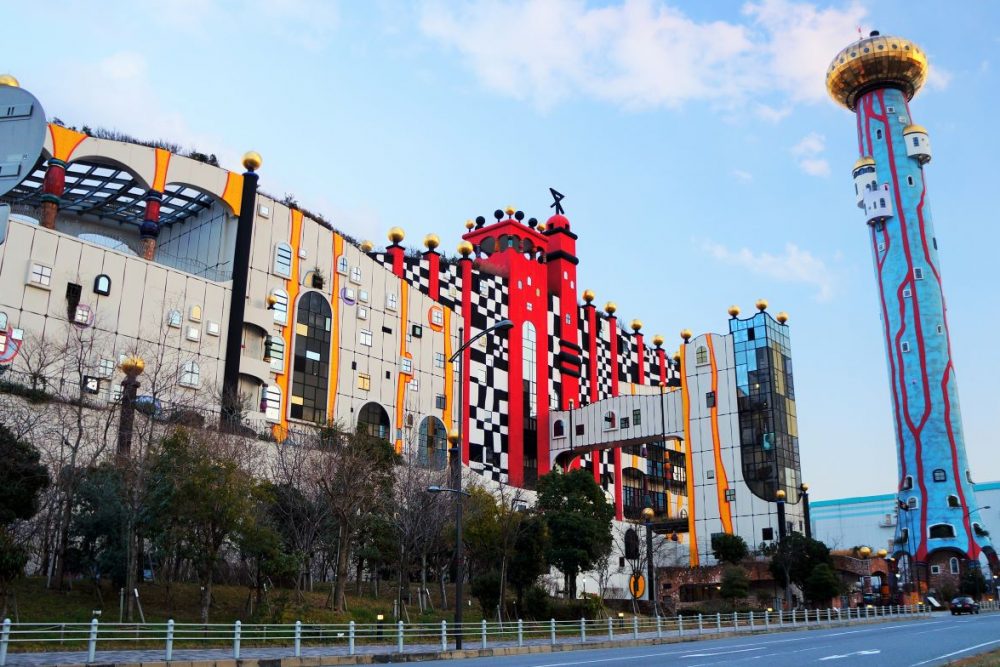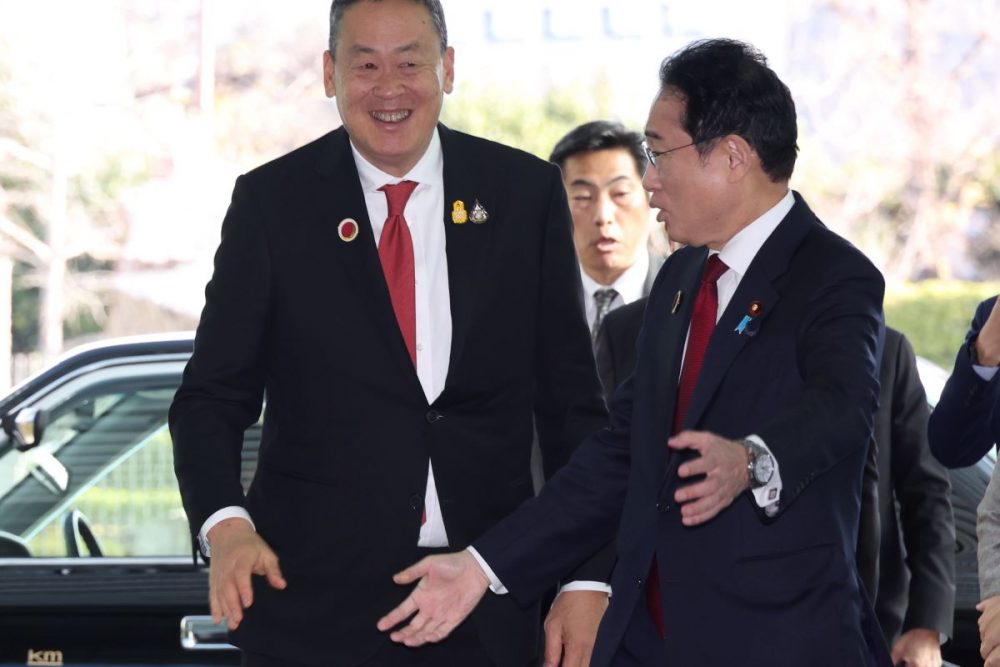Opinion | The Path to Decarbonization: Is Japan on the Right Track?
Japan 2 Earth advisor and steel industry expert Masaaki Sakurai applies his insights from a recent trip to Europe to decarbonization trends in Japan.
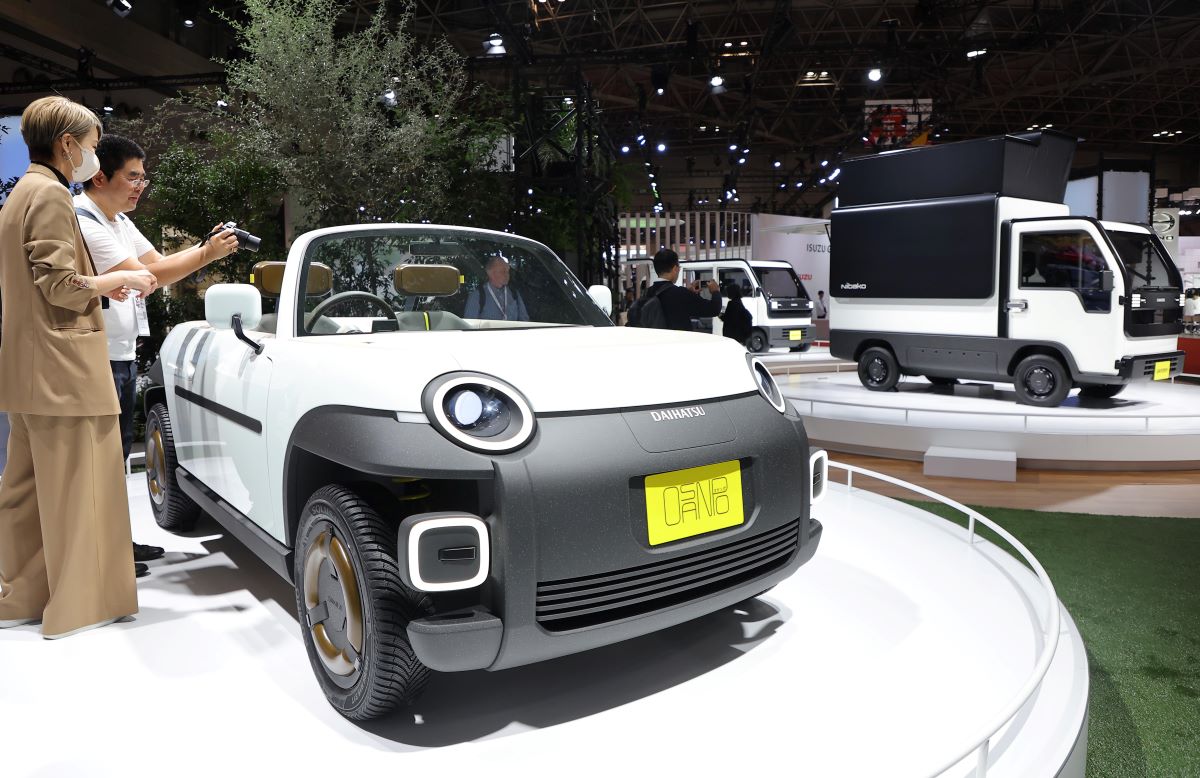
このページを 日本語 で読む
Japan's steel industry is transitioning towards decarbonization. Methods employed to achieve this shift include use of electric arc furnaces (EAFs) and hydrogen production methods. With electric furnaces, scrap, the raw material, is melted and refined using electrical energy to manufacture steel products. Less CO2 is emitted compared to the blast furnace basic oxygen furnace (BF-BOF) method, which mainly uses coal to reduce and melt iron ore.
Aiming for Decarbonization
In recent years, the domestic ratio of EAF methods in Japan has been around 25%. However, the BF-BOF process remains predominant. Furthermore, since the late 1990s, Japan has become an exporter of scrap iron, with annual export volumes reaching around 7 million tons in recent years.
Going forward to advance decarbonization, the industry aims to domestically circulate the scrap iron that was being exported and to utilize the EAF method. Switching from coal to hydrogen to reduce and melt iron ore in blast furnaces is also part of the effort.
What's Going on in Europe?
In early June, I traveled to the UK, Turkey, and Germany to see for myself the situation in Europe with regard to the EAF and scrap iron. The UK has the world's second-largest scrap iron company (8 million tons annually). Meanwhile, Turkey has an electric furnace manufacturer with an annual production capacity of 10 million tons.
Germany is home to heavy machinery manufacturers essential for the maritime and land transportation of scrap iron. As a pioneer in the environmental field and veteran in the steel industry, Germany was of particular interest to me. Incidentally, the German steel industry has already declared its intention to switch to hydrogen-based manufacturing methods.
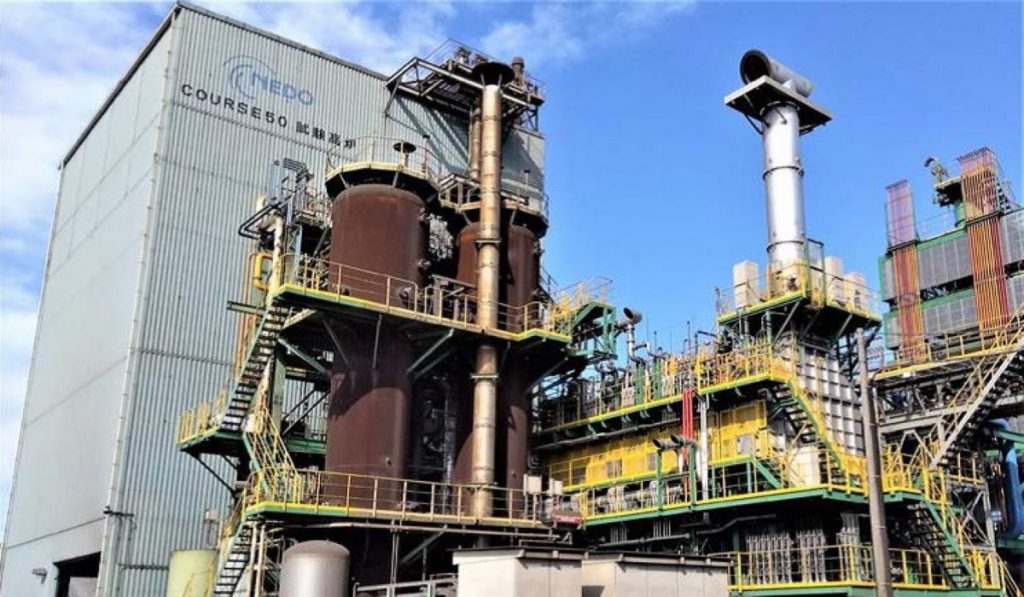
During these tours, I caught a glimpse of the near future of Japan's steel industry. But what caught my attention was a remark from an individual at a German heavy machinery manufacturer.
They mentioned that although they have been working to electrify their heavy machinery, they are now considering using biodiesel as fuel. Their reason is the high cost of renewable energy-derived electricity in Germany.
The Reality of EVs
Another topic that arose was the decreasing number of EVs available at dealerships. The main causes are the lack of reliability of the batteries, the actual driving range not matching specifications, the high price of new cars, and an inability to establish a used car market.
I recall reading an article stating that more than twice the amount of CO2 is emitted during the manufacturing of EVs compared to gasoline-powered cars.
Furthermore, the technology for evaluating the performance of EV batteries as they age is still being developed. At present, we have no clear prospects for their reuse.
The state of EV recycling remains unknown. As such, the CO2 reduction potential of EVs over their lifecycle is also unclear. Although media reports suggest that EV sales are on the rise, I have doubts. Should we proceed as is under such uncertain circumstances?
Making Hydrogen Work
In Germany's steel industry, the basis of the decarbonization strategy is hydrogen. They aim to obtain electricity from renewable energy, use this electricity to electrolyze water, and then utilize the resulting hydrogen.
In the chemical industry, there is a move to collaborate with electric companies to produce electricity derived from renewable energy. But while pursuing decarbonization based on renewable energy, the impacts of current solar and wind power generation are dire. They are linked to the destruction of forests and encroach on the habitats and living organisms, affecting their ability to survive. Moreover, recycling solar panels poses additional challenges.
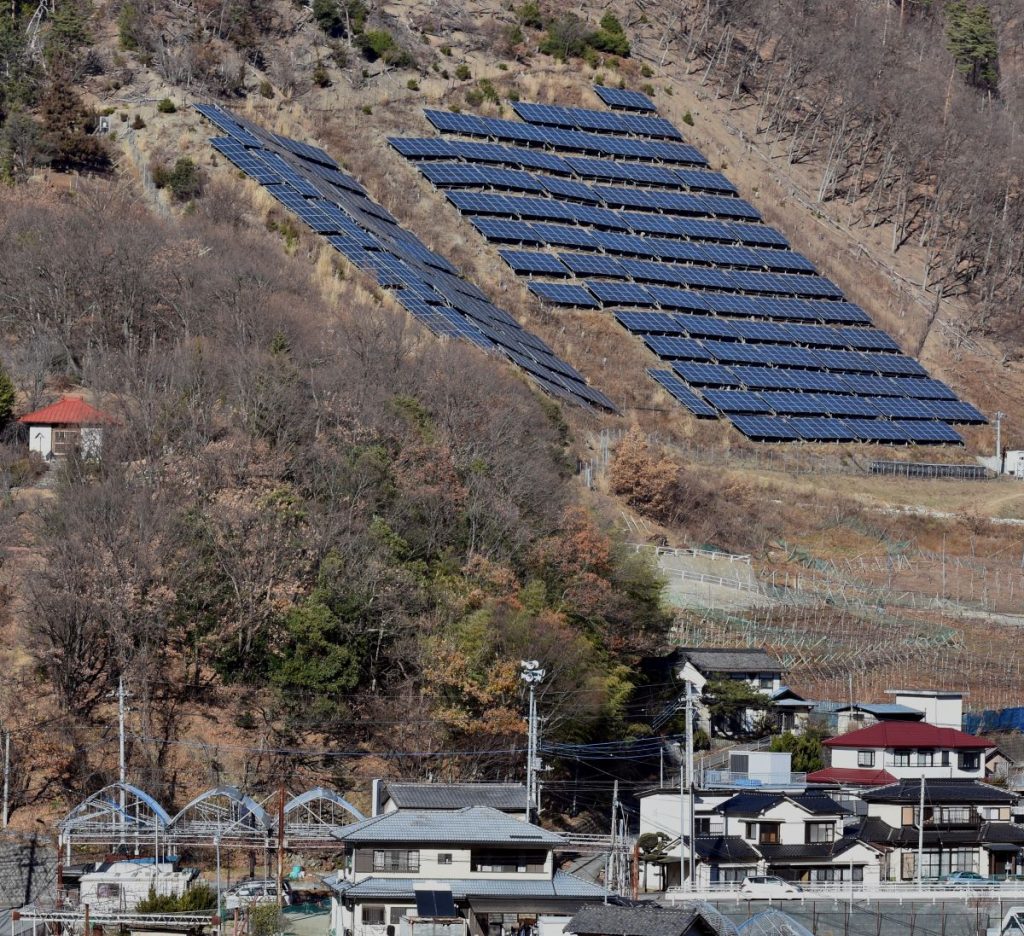
We face similar issues in Japan. Decarbonization may continue to advance in the automobile industry with EVs, the construction industry with infrastructure, and the engineering sector. But this progress is merely a sandcastle that will fall apart without solving the energy problems of the material industries, like steel and chemicals, that supply the necessary materials.
The most critical issue is how to produce hydrogen. Japan cannot so easily renounce nuclear power as Germany did and rely solely on power from renewables. We must not simply follow the same path as Germany, but design a new future vision. But we cannot do so leaving the challenges of nuclear power and renewable energy unaddressed.
Masaaki Sakurai: As a steel manufacturing engineer, Masaaki Sakurai has worked in the steel industry for over 30 years, including five years of experience in the U.S. steel industry. He previously served as President and CEO of a company in the resource recycling industry and as an Executive Fellow in the engineering field. He presently holds corporate positions as an external director for SMEs, a non-executive officer and advisor.
このページを 日本語 で読む






